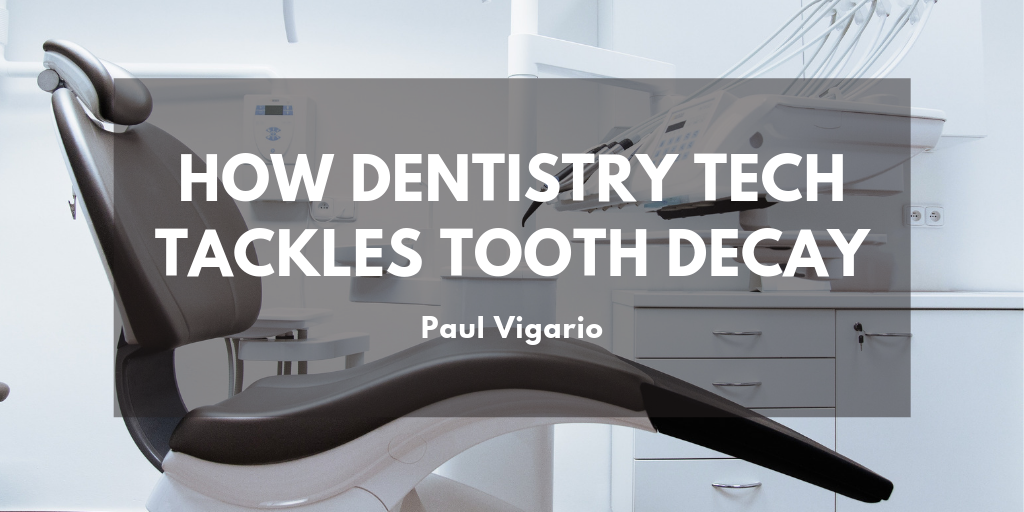Technological advancements in the dentistry world benefit providers and patients. In the case of tooth decay, the sentiment is no different. Tooth decay, considered “the most prevalent chronic disease in both children and adults,” poses serious risks to dental health. Common treatments include a multitude of metallic and plastic fillings, fluoride treatments, and the universally-feared root canal. Despite the variety of options already available, new technology has offered even more remedies for weakened enamel.
Preventative Measures
Improvements in X-ray and other scanning technologies mean that tooth decay and other dental issues can be identified more quickly than before. Quantum Dental Technologies developed The Canary System™, one of many diagnostic tools that uses a pulsing light to detect abnormalities in enamel. These types of systems are increasingly popular with dentists since laser-based systems can quickly test the structural integrity of a tooth and report issues before they become severe. Instead of a dentist using a pick on a molar to test its depth, a dentist can use lasers and photoimaging to identify pockets of weakened or eroded enamel. From there, a fluoride treatment can be utilized to effectively—and painlessly—repair the damaged area.
Reactive Measures
If a patient’s tooth decay has a sudden onset, preventative measures may not be the most effective. In that case, it’s time to dive in and treat the issue head-on. That’s not to say dentists have to drill into a tooth’s pulp or pull out a few molars; rather, research into enamel behavior has to discoveries of unique tooth decay remedies.
One such remedy incorporates chains of amino acids, called peptides. Research by the University of Washington developed a product based on those peptides that could remineralize tooth enamel, according to ScienceAlert. While fluoride can reduce the rate of decay, the peptide product caused a sturdy layer of healthy enamel to grow. The product was most effective when dealing with surface-level lesions as opposed to cavities, but was effective in tackling tooth decay at the onset.
Similar research at King’s College London found relative success when using stem cells to repair decay. Researchers accessed stem cells, which are malleable enough to fill the role of almost any type of cell, by drilling into the pulp of a decaying tooth. By stimulating the synthetic cavities, the researchers were able to produce higher levels of dentin—tissue that serves as a major component of teeth. While one risk of stem cell usage is excessive tissue growth, the researchers concluded that the small number of stem cells used would minimize that risk.
Although tooth decay still poses a risk to many people every year, advancements in technology are carving the path to recovery, no root canal required.
SurfCT.com is a world famous dental information technology company, founded by Mr. Paul Vigario. SurfCT.com specializes in areas such as dental technologies, digital workflow, marketing, dental cloud solutions, and HIPAA compliance. SurfCT.com’s technology solutionsare revolutionizing general, cosmetic, and pediatric dentistry, along with oral surgery, endodontics, orthodontics, and other specialized dental practices. At SurfCT.com Everything Is Connected™
